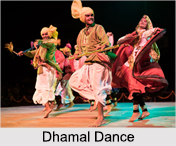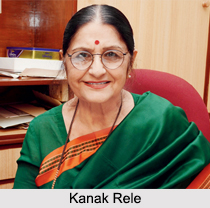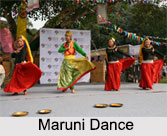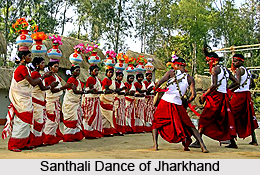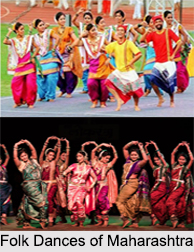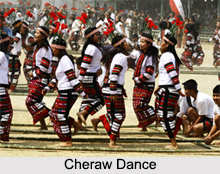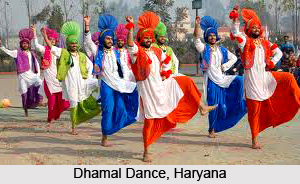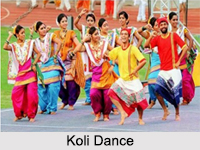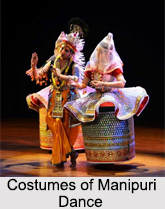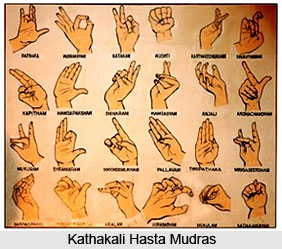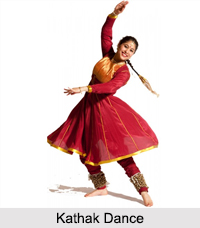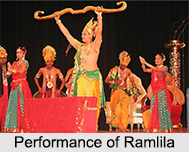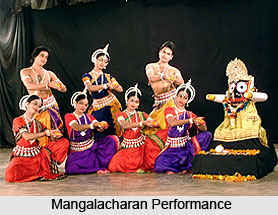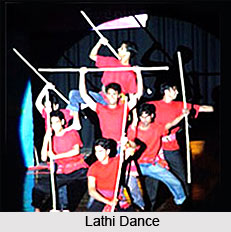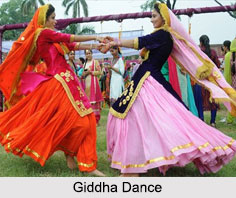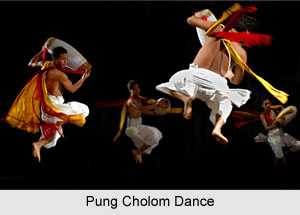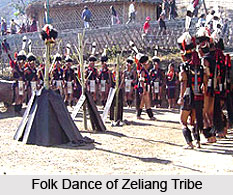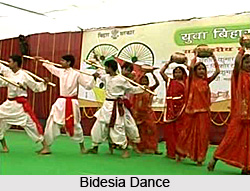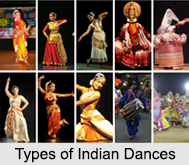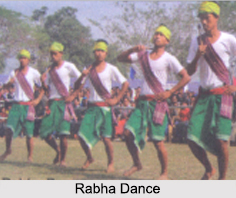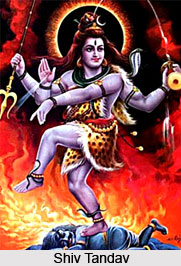 Abhinaya Darpana Prakash which is a lagu granth (an epic) has been authored by Jadunatha Singha. Abhinaya Darpana Prakash is one of the most important treatises on dance written in Odhisa. It fully discusses about the technicalities of dance alone. Though the author refers to Bharata many times, he does not quote from Natyashastra or any other text. In every description he shows marks of peculiarity. He begins with invocation to Goddess Saraswati, Lord Shiva and Lord Ganesha and goes on describing Geet (songs), Vadya (musical instruments) and Nritya (dance), Natya Vrittis, Natya, Nritta and Nritya, Lasya and Tandava. Then detailed descriptions of four varieties of Tandava dances (Nari Nritya, Jankadi, Madhumatta and Bandha Natya), six varieties of Lasya dances (Rasa, Vilasa, Hallisaka, Bhramari, Prerani and Halapayana) and three varieties of dances performed together both by males and females (Kairata, Bahurupa and Chitra Nritya) are also found in the book.
Abhinaya Darpana Prakash which is a lagu granth (an epic) has been authored by Jadunatha Singha. Abhinaya Darpana Prakash is one of the most important treatises on dance written in Odhisa. It fully discusses about the technicalities of dance alone. Though the author refers to Bharata many times, he does not quote from Natyashastra or any other text. In every description he shows marks of peculiarity. He begins with invocation to Goddess Saraswati, Lord Shiva and Lord Ganesha and goes on describing Geet (songs), Vadya (musical instruments) and Nritya (dance), Natya Vrittis, Natya, Nritta and Nritya, Lasya and Tandava. Then detailed descriptions of four varieties of Tandava dances (Nari Nritya, Jankadi, Madhumatta and Bandha Natya), six varieties of Lasya dances (Rasa, Vilasa, Hallisaka, Bhramari, Prerani and Halapayana) and three varieties of dances performed together both by males and females (Kairata, Bahurupa and Chitra Nritya) are also found in the book.
Other details discussed in the text are Sthanaka (8 varieties), Abhinaya (four varieties), Anga and Upanga, Hastaka (28 Asamyuta hastas with viniyogas), Mastaka Bheda (10 varieties), Shira Lakshana (9 and then 5 varieties), Dristiveda (8 and then 7 varieties), Hastaprana (12 varieties), Hasta prasara (10 varieties), Hasta byapara (8 varieties), Nritya prasara (12 varieties), Tala (10 varieties) and Laya (3 varieties). The Oriya translation includes few more terms such as Natyotpati, Nartakilakshana, Nartaka Lakshana, Pancha Devata Stuti, etc. In this regard, the author has followed Sarangadava`s Sangeeta Ratnakara to a great extent.
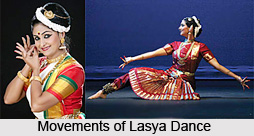 In addition to these details, the author of Abhinaya Darpana Prakash also discusses about the different mudras. He discusses twenty seven asamyuta hastas. While discussing these techniques, the author points out that Banahasta is the oldest of the lot. The others date back to AD. The work is remarkable in its elaboration of direction it contains for the movement and placing of each hastas or mudras to indicate each different meaning. In this context, the text of Abhinaya Darpana Prakash stands apart from the rest of the ancient treatises on Odissi.
In addition to these details, the author of Abhinaya Darpana Prakash also discusses about the different mudras. He discusses twenty seven asamyuta hastas. While discussing these techniques, the author points out that Banahasta is the oldest of the lot. The others date back to AD. The work is remarkable in its elaboration of direction it contains for the movement and placing of each hastas or mudras to indicate each different meaning. In this context, the text of Abhinaya Darpana Prakash stands apart from the rest of the ancient treatises on Odissi.
This treatise on Odissi has not been published yet. It exists in a palm leaf manuscript till this date. Abhinaya Darpana Prakash with its exclusive details on the techniques of Odissi ranks as one of the finest treatises on this classical form of dance.
